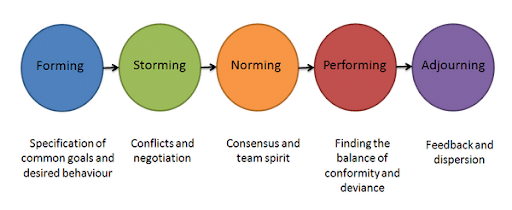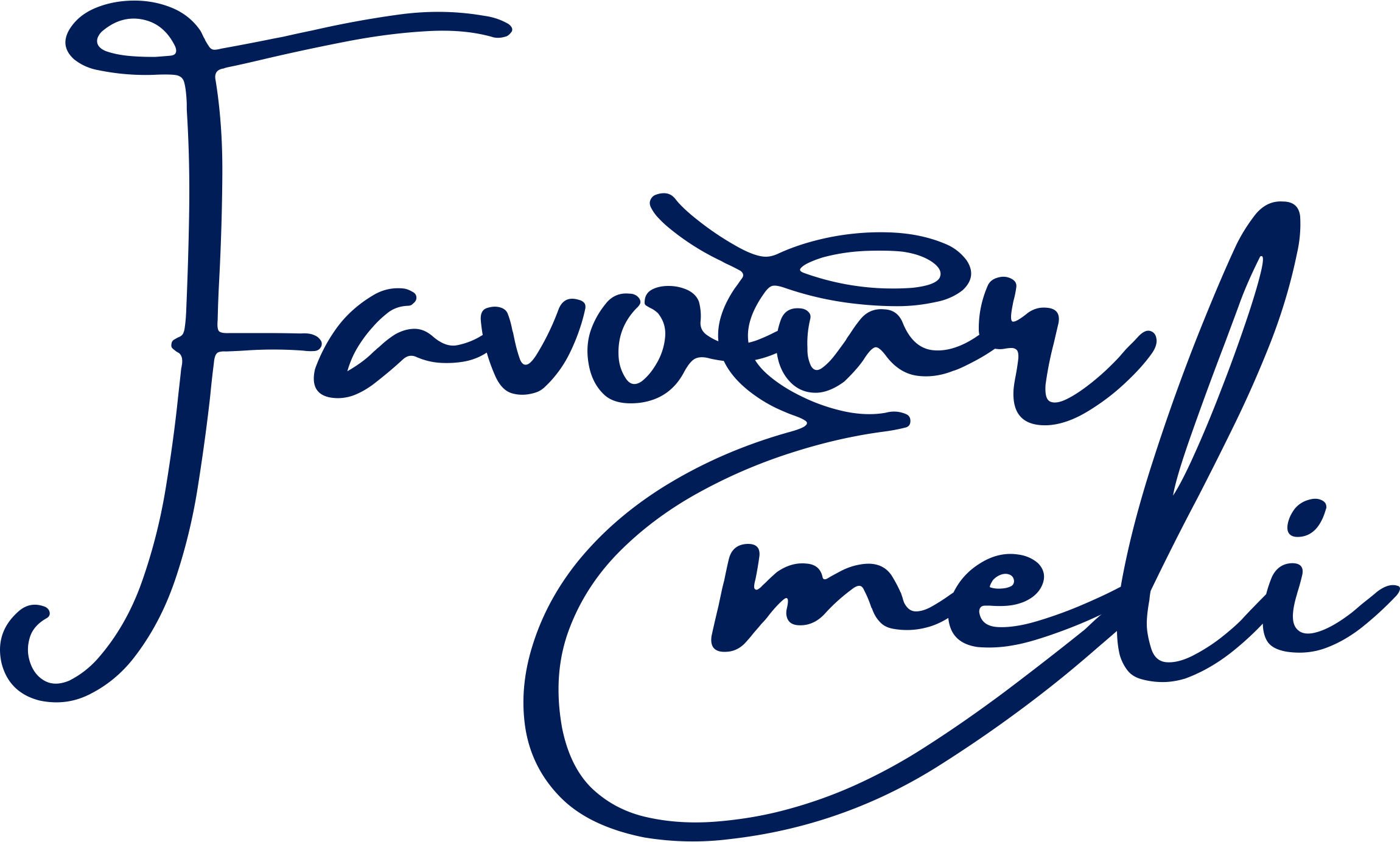Teamwork is the core of every successful organization. But how do individual team members grow into a unified group that works seamlessly together? The key lies in understanding the stages in team development. If you’ve ever been part of a team, you’ve probably noticed challenges like miscommunication, disagreements, or unclear roles. These hurdles are completely normal and part of a process that, when managed well, leads to a stronger and more effective team.
If you’re leading a new team but things aren’t going as planned, there’s confusion, conflicts, and a lack of unity—you might wonder, “Is this normal? How can I get my team to work better together?” This is where learning about the stages of team development can make all the difference. Knowing which stage your team is in allows you to take the right steps to build trust, cooperation, and efficiency.
In this guide, we’ll explore the different stages of team development, learn about the person behind this popular model, and discuss how leaders can successfully guide their teams through each stage. If you want to build a team that truly works well together, this article will give you the tools to make it happen.
Who Developed the 5-Stage Group Development Model?
The five-stage model of group development, often called Tuckman’s Stages of Group Development, was introduced in 1965 by Bruce Tuckman, a psychologist known for studying how teams work together. He explained that teams grow and change through specific stages.
At first, he described four stages: forming, storming, norming, and performing. In 1977, he added a fifth stage, adjourning, to explain how teams wrap up and part ways after completing their goals.
Tuckman’s model has become a key tool for understanding how teams function. It gives leaders helpful guidance on how to support their teams and lead them toward success at every step of their journey.
See this: Transactional vs Transformational Leadership: Which Style Works Best?
What are the 5 Stages of Developing a Team?

Understanding how a group of people grows into a strong and effective team is essential for leaders. Teams go through a journey, and each stage helps shape their collaboration and success. Here’s a breakdown:
1. Forming
This is the “getting-to-know-you” phase when a team is just starting. At this stage, people are polite but cautious. They’re figuring out their roles and how they fit into the group. The leader’s job here is to provide guidance and help everyone understand their purpose.
Here, team members are figuring out what they’re supposed to do and getting to know each other’s strengths and weaknesses. There’s usually a lot of focus on being polite and avoiding disagreements.
2. Storming
As team members get more comfortable, their differences start to show. Disagreements might pop up about ideas, working styles, or even who should take the lead. It can feel chaotic, but this is part of the process. Conflicts and power struggles may arise. Some team members might challenge the leader’s decisions or push their ideas strongly. A good leader steps in to resolve these issues quickly and keep the team moving forward.
3. Norming
In this stage, the team begins to settle down and find its rhythm. Everyone starts to see the value in working together. Roles are clearer, and there’s a shared understanding of how the team will operate. Teamwork becomes more natural. Cooperation increases, and team members focus more on group goals instead of individual ones. Leaders can step back a bit as the team becomes more self-sufficient.
4. Performing
This is the dream stage for any team. By now, everyone knows their role, and the group works like a well-oiled machine. The team is productive, motivated, and able to handle challenges with ease. The leader now acts more as a supporter or coach.
The team functions smoothly, with minimal conflict. Members trust each other, communicate well, and focus on achieving their goals.
5. Adjourning
This stage comes when the team has finished its task or project and is ready to disband. It’s a time to reflect on what was achieved and celebrate success. There may be mixed emotions—pride in the accomplishments and sadness about the team breaking up.
Team members may feel a sense of loss or uncertainty as they go their separate ways. However, it’s also an opportunity to acknowledge the hard work and growth the team experienced together.
Read: Empathy vs Compassion: How to Balance Both for Effective Leadership
How Many Stages Does Team Development Have?
Team development, as described by Tuckman’s model, has 5 different stages. These stages outline how a group transforms from individual members into a unified, high-performing team before eventually disbanding. Each stage plays a unique role in shaping how the team works together, and knowing these stages helps leaders provide the right guidance at the right time.
Teams don’t always follow the same path, as their growth may vary depending on the people involved and the circumstances. However, the main ideas behind Tuckman’s model apply to most team situations. If you’re managing a small project team or leading a large department, understanding these stages equips you to handle challenges, nurture collaboration, and help your team grow stronger.
Recognizing which stage your team is currently in gives you the power to respond effectively. You can use this knowledge to resolve disagreements, encourage teamwork, and create an environment where everyone can contribute their best. By taking a proactive approach, you can ensure your team evolves in a way that boosts both their morale and productivity.
Each phase has its struggles and successes, but navigating them thoughtfully will bring out the best in your team. Leaders who take the time to understand and support their teams through these stages will ultimately see greater cohesion, trust, and results. The journey might have its bumps, but with the right mindset and tools, it’s one worth taking.
Scorecard Questions on Stages in Team Development
Here are scorecard questions for you. Kindly click on the button below to access the file.
You should also read this: 10 Coaching Skills Every Leader Needs
Frequently Asked Questions
How can a leader manage the storming stage?
During the storming stage, conflicts are inevitable, but they don’t have to be destructive. A good leader will act as a mediator, promoting open communication and encouraging the team to focus on solutions rather than problems. It’s important to acknowledge conflicts without letting them escalate.
What is the role of trust in the norming stage?
Trust is essential in the norming stage. It allows team members to share ideas openly, accept feedback, and collaborate effectively. A leader should encourage transparency and foster an environment where trust is built gradually as the team works together.
Can a team skip the storming phase?
It’s rare for teams to completely bypass the storming stage, as conflicts and differences are part of the natural team-building process. However, some teams may experience less intense conflict if members are already accustomed to working together or if the leader is especially skilled at managing team dynamics.
What should a leader do in the performing stage?
In the performing stage, the leader should focus on maintaining the team’s momentum by providing resources, supporting individual growth, and celebrating successes. Leaders should encourage team members to take on more responsibility and offer guidance as needed.
Conclusion
As a leader, knowing how teams grow and develop is essential to building a positive and productive work environment. Teams start as groups of individuals figuring out how to work together in the forming stage. Over time, they move through challenges and conflicts, eventually becoming a strong, united force in the performing stage. Even when a team reaches the final adjourning stage, where members go their separate ways, each phase offers valuable lessons and opportunities for growth.
Every team has its own pace and some may move through these stages faster or slower than others. The key to success is staying patient, adaptable, and supportive while handling conflicts and obstacles with care. By understanding the journey your team is on, you can help them grow into a cohesive unit that achieves great results, no matter where they are in their development process.

